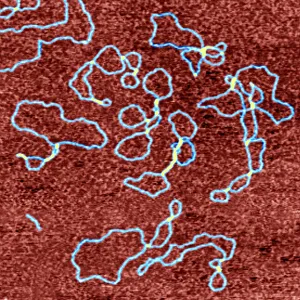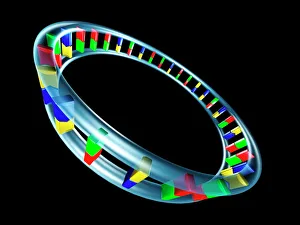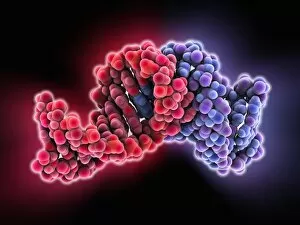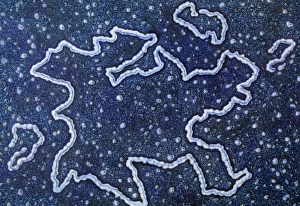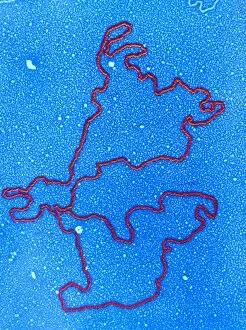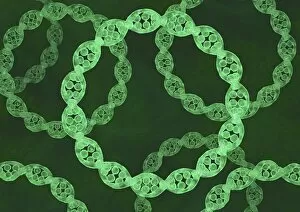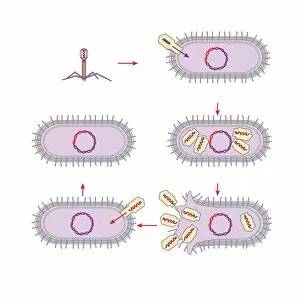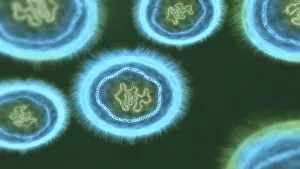Plasmid Collection
"Unlocking the Potential of Plasmids: A Journey into Genetic Marvels" Plasmids, small circular DNA molecules found in bacteria
All Professionally Made to Order for Quick Shipping
"Unlocking the Potential of Plasmids: A Journey into Genetic Marvels" Plasmids, small circular DNA molecules found in bacteria, have become a fascinating subject of scientific exploration. These tiny genetic powerhouses hold immense potential for various applications, from anti-cancer drug development to understanding the intricate world of bacterial genetics. One captivating aspect is their ability to bind with anti-cancer drugs and deliver them directly to cancerous cells. This breakthrough has revolutionized targeted therapy, offering hope in the fight against this devastating disease. Another intriguing discovery lies within mitochondrial DNA – plasmid-like structures that play a crucial role in energy production within our cells. Unraveling their mysteries could lead us closer to unlocking treatments for mitochondrial diseases and age-related disorders. Delving deeper into bacterial RNA plasmid loop-loop complexes reveals an intricate dance between these genetic elements. Their complex interactions shed light on how bacteria regulate gene expression and adapt to changing environments. Artwork depicting DNA and restriction enzymes showcases the delicate balance between protection and manipulation of genetic material. This artistic representation captures both the beauty and complexity involved in studying these fundamental processes. Visualizing bacterial DNA through artwork allows us to appreciate its structure – chromosomes intertwined with plasmids carrying additional genes. Understanding this dynamic arrangement provides insights into how bacteria evolve and acquire new traits over time. Colored transmission electron microscopy (TEM) images offer a glimpse into the mesmerizing world DNA at high resolution. The vibrant hues highlight their diversity while emphasizing their importance as vehicles for transferring genetic information among bacteria. Intricate conceptual artwork portrays viral transfer of bacterial DNA, illustrating how viruses can act as intermediaries in horizontal gene transfer – a phenomenon that drives microbial evolution by sharing beneficial genes across species boundaries. As we explore further, we uncover more secrets hidden within bacterial DNA's labyrinthine pathways.

